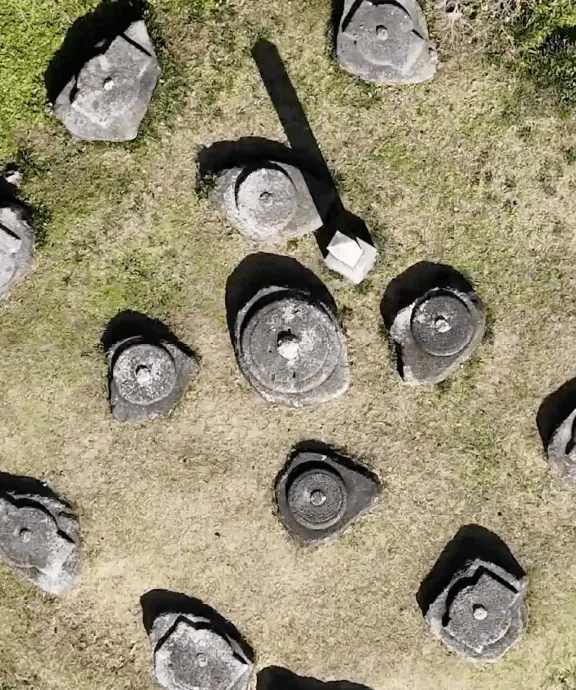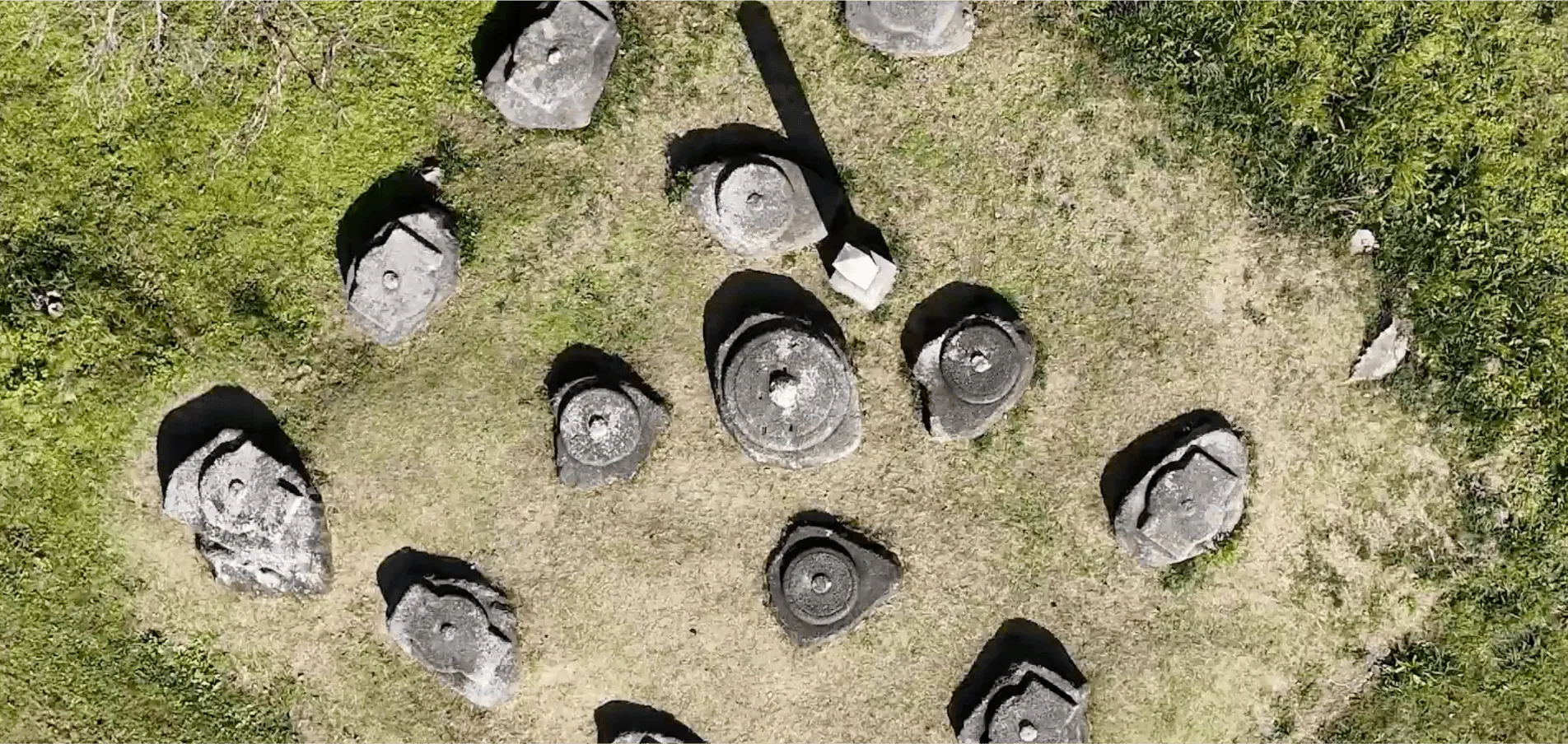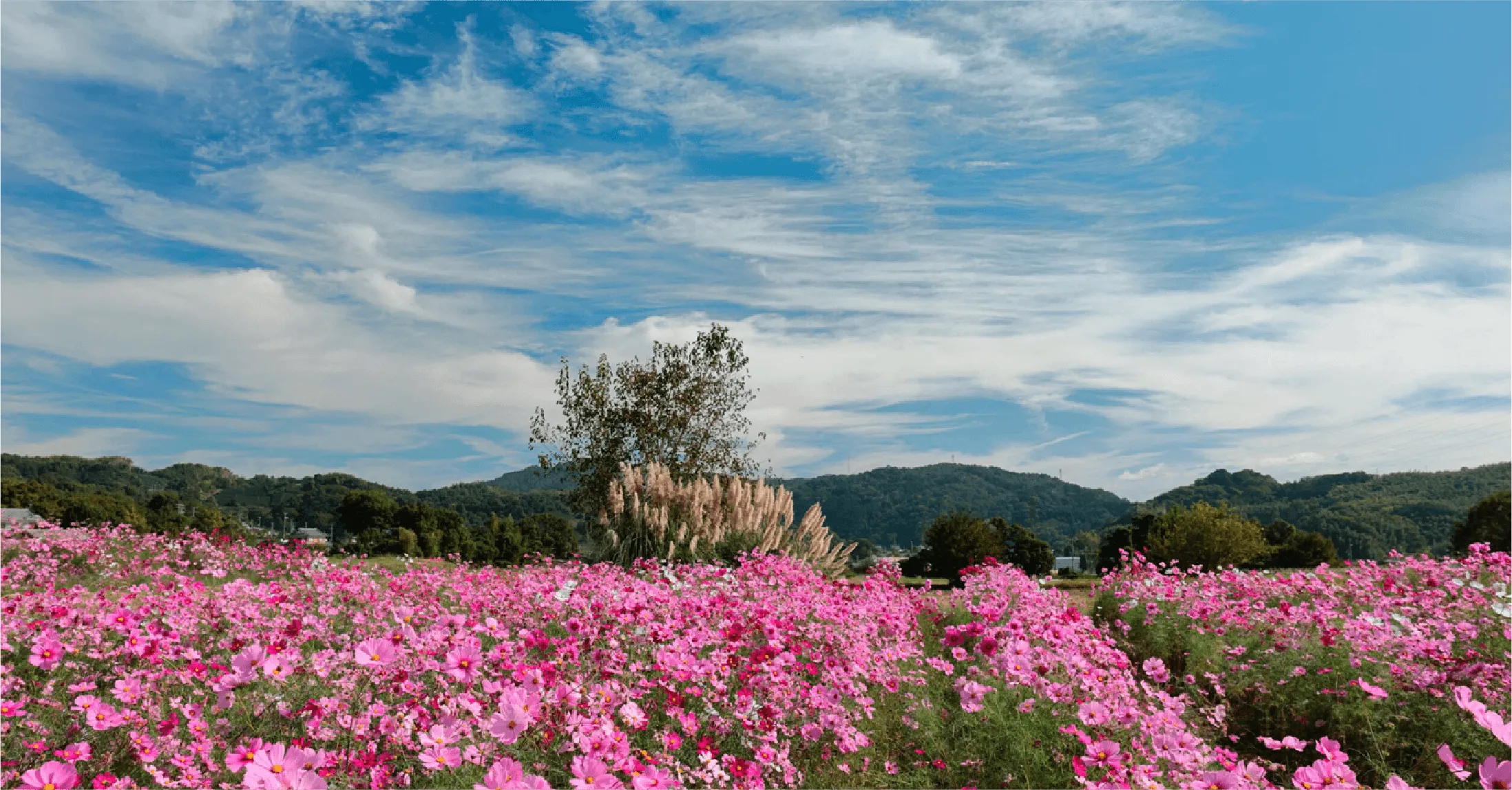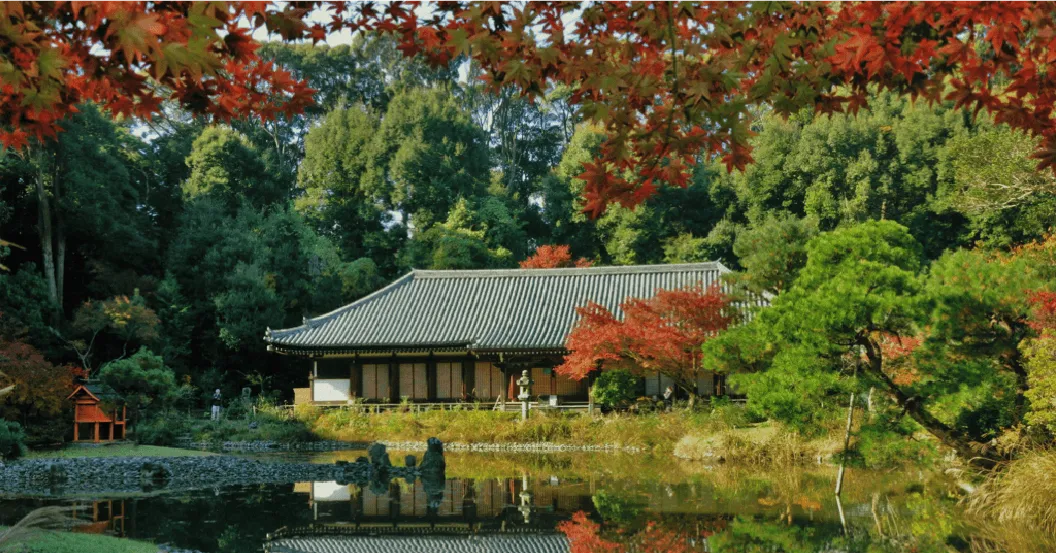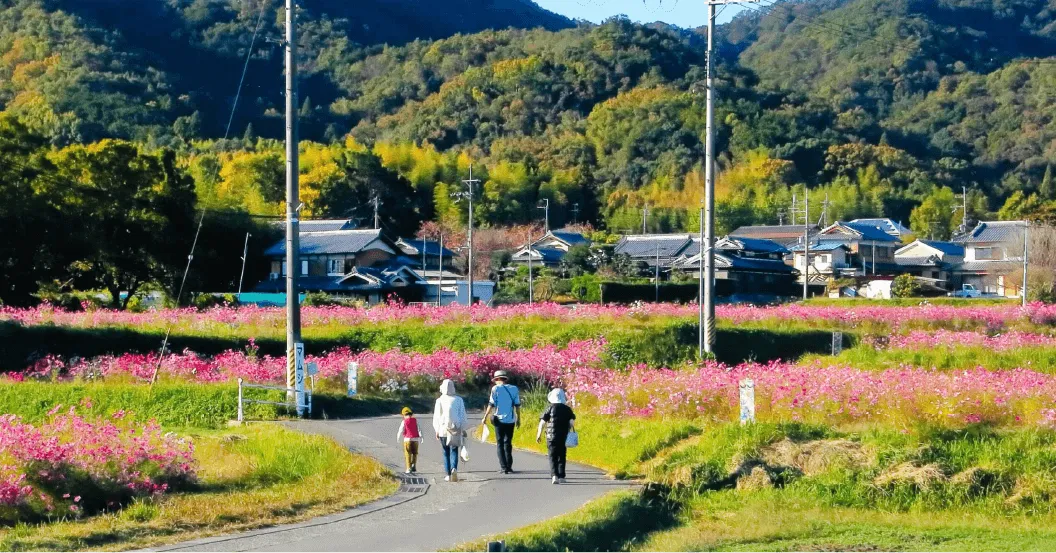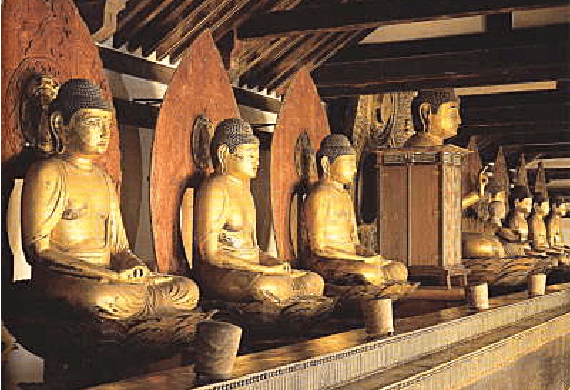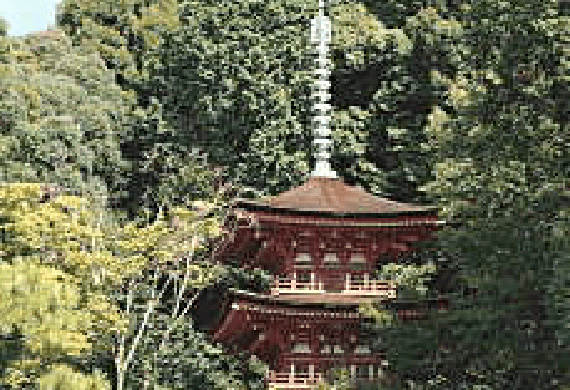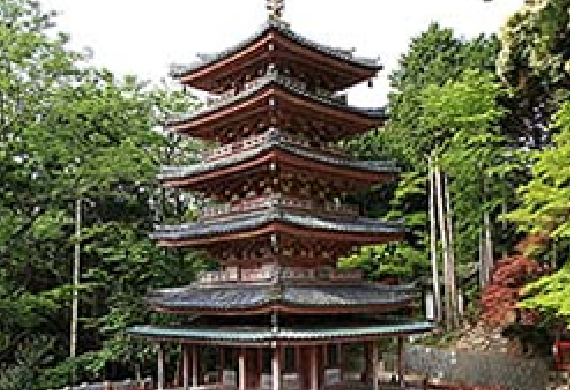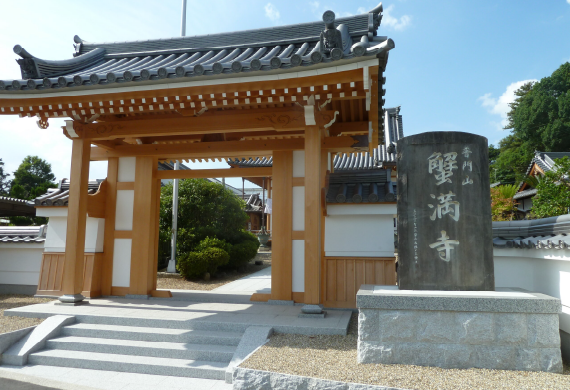History
Kyoto is known as the thousand-year capital, but few know that even before Nagaoka-kyo (784) and Heian-kyo (794), an ancient capital existed here during the Nara period. About 1,300 years ago, in the 12th month of the 12th year of the Tenpyo era (740), Emperor Shomu relocated the capital from Heijo-kyo to present-day Kizugawa City, which was named “Kunikyo.” Though it only served as the capital for 3 years and 3 months until the 16th year of the Tenpyo era (744), earning it the name “the Phantom Capital,” Kunikyo’s brief existence fundamentally transformed Japan.
The relocation occurred during turbulent times at Heijo-kyo, marked by earthquakes and a devastating smallpox epidemic that claimed the lives of the four influential Fujiwara brothers. Emperor Shomu’s advisor, Tachibana no Moroe, attempted reforms by appointing Kibi no Makibi, who had returned from serving as an envoy to Tang China, and the monk Genbo, but this sparked a rebellion by Fujiwara no Hirotsugu, creating political instability.
Kunikyo’s location was ideal for an ancient capital — surrounded by mountains on three sides with a river flowing south. Otomo no Yakamochi, who later gained renown for compiling the Man’yoshu, served at Kunikyo as a young official and praised its natural beauty in verse: “The capital of Kuni that is now being built — seeing the clarity of mountains and rivers, it is understandable that Emperor Shomu rules here.”
During the brief period in which Kunikyo served as the capital, Emperor Shomu implemented revolutionary policies that changed Japan forever. To stabilize national finances, he changed the “Three Generations, One Lifetime Law” into the “Perpetual Private Ownership Law for Cultivated Land,” allowing those who cultivated land to own it permanently — a reform that fundamentally changed Japan’s agricultural system. Furthermore, to protect the country through Buddhism, he issued the historic “Edict for Building Provincial Temples” and “Edict for Great Buddha Construction,” expressing his wish for all living beings to thrive and flourish.
Originally part of Heijo-kyo, Daigokuden Hall was dismantled and relocated to Kunikyo but remained when the capital was moved to Naniwa-kyo in 744. This imperial building was transformed into the main hall of Yamashiro Kokubunji Temple, making it Japan’s most magnificent temple of its time. The foundation stones of the seven-story pagoda from this era remain almost completely intact today, with the central pillar’s foundation stone measuring an impressive 1.5 meters in diameter.
Before relocating the capital, Emperor Shomu consulted his officials: 181 favored staying in Kunikyo while 153 preferred Naniwa. When asked, the local people overwhelmingly preferred Kunikyo, yet the capital was still moved to Naniwa-kyo. The Kyoto Prefectural Board of Education has continuously investigated this phantom capital since 1973, with the most important palace area now designated as a national historic site, continuing to reveal new insights into this pivotal period of Japanese history.




